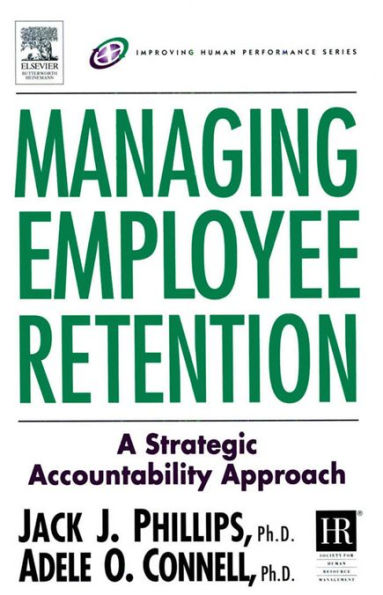Table of Contents
Part One, Problem, impact and costs of turnover - Impact of Turnover, definitions, turnover/retention model, how turnover rates are calculated, statistics about turnover; Why turnover is a serious problem, the issues, the problem of mismatches, the responsibilities, retention as a strategy, the payoff; Costing turnover, fully loaded, using a fully loaded cost profile, exit costs, recruiting costs, selection/employment costs, orientation costs, training costs, lost wages/salaries, supervisor/staff time, lost productivity, loss of expertise/knowledge, customer satisfaction issues, developing the total costs; Part Two, Retention solution - Uncovering retention needs, total compensation, great place to work, opportunity and growth, challenging future, converting needs to solutions; Total compensation solutions, lever one, fairness and value, definition, components, pay, benefits, incentives, rewards and recognition; Great place to work solutions, lever two, connection to the work, definition, components, recruitment, selection, contracting, placement, orientation, lever three, community and trust, definition, components, teamwork, suppport systems, follow-through, lever four, physical work environment, definition, components, safety, work environment, ergonomics, lever five, meaningful work, definition, components, work design, line of sight, empowerment, performance management; Opportunity and growth solutions, lever six, operational excellence, definition, components, enabling systems, effective communication, operational accountability, lever seven, professional development and progression, definition, components, competencies, training and development, career pathing, succession planning; Compelling future, lever eight, life balance, definition, components, individual values, supportive culture, organizational resources, lever nine, connection to the organization, definition, components, mission, vision, values, contribution, market performance, competitive advantage, products and services: Identifying specific needs, how do the retention levers help "point towards" causes of turnover, examining records/HRIS data, exploring relationships with other measures/factors, using analytical methods, using surveys and questionnaires, using interviews, using focus groups, using the nominal group technique, reaching conclusions, identifying the specific strategies for each lever; Matching needs to solutions, avoiding mis-matches, working with multiple solutions, selecting solutions for maximum return, verifying the match, communicating the match, checking the progress of the match, the utility of additional solutions; Part Three, The Pay-off - Measuring progress and determining ROI, measuring against history/goals, using benchmarking data, reporting the cost of turnover, placing a value on solutions, developing the ROI, interpreting the ROI, identifying and reporting intangible data, reporting and communication issues, using results as continuous improvement; Preventing employee turnover, selling the preventitive approach, monitoring key variables, conducting audits, observing changes, avoiding overkill with solutions, developing the payoff for prevention; Long-term payoffs of managing turnover, research on turnover and organizational success, adverse impact of low turnover, long-term benefits/costs, intangible benefits.



